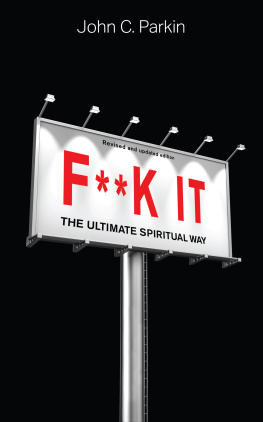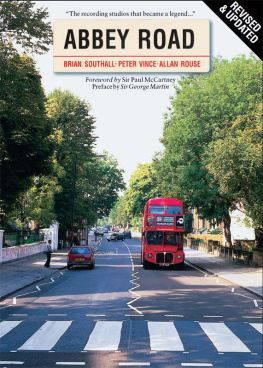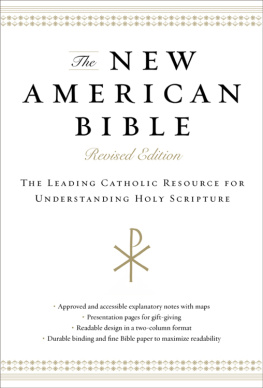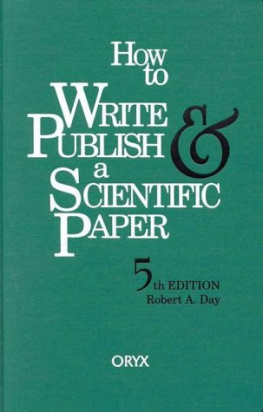Samuel Greengard - The Internet of Things, revised and updated edition
Here you can read online Samuel Greengard - The Internet of Things, revised and updated edition full text of the book (entire story) in english for free. Download pdf and epub, get meaning, cover and reviews about this ebook. year: 2021, publisher: MIT Press, genre: Home and family. Description of the work, (preface) as well as reviews are available. Best literature library LitArk.com created for fans of good reading and offers a wide selection of genres:
Romance novel
Science fiction
Adventure
Detective
Science
History
Home and family
Prose
Art
Politics
Computer
Non-fiction
Religion
Business
Children
Humor
Choose a favorite category and find really read worthwhile books. Enjoy immersion in the world of imagination, feel the emotions of the characters or learn something new for yourself, make an fascinating discovery.

- Book:The Internet of Things, revised and updated edition
- Author:
- Publisher:MIT Press
- Genre:
- Year:2021
- Rating:3 / 5
- Favourites:Add to favourites
- Your mark:
- 60
- 1
- 2
- 3
- 4
- 5
The Internet of Things, revised and updated edition: summary, description and annotation
We offer to read an annotation, description, summary or preface (depends on what the author of the book "The Internet of Things, revised and updated edition" wrote himself). If you haven't found the necessary information about the book — write in the comments, we will try to find it.
The Internet of Things, revised and updated edition — read online for free the complete book (whole text) full work
Below is the text of the book, divided by pages. System saving the place of the last page read, allows you to conveniently read the book "The Internet of Things, revised and updated edition" online for free, without having to search again every time where you left off. Put a bookmark, and you can go to the page where you finished reading at any time.
Font size:
Interval:
Bookmark:
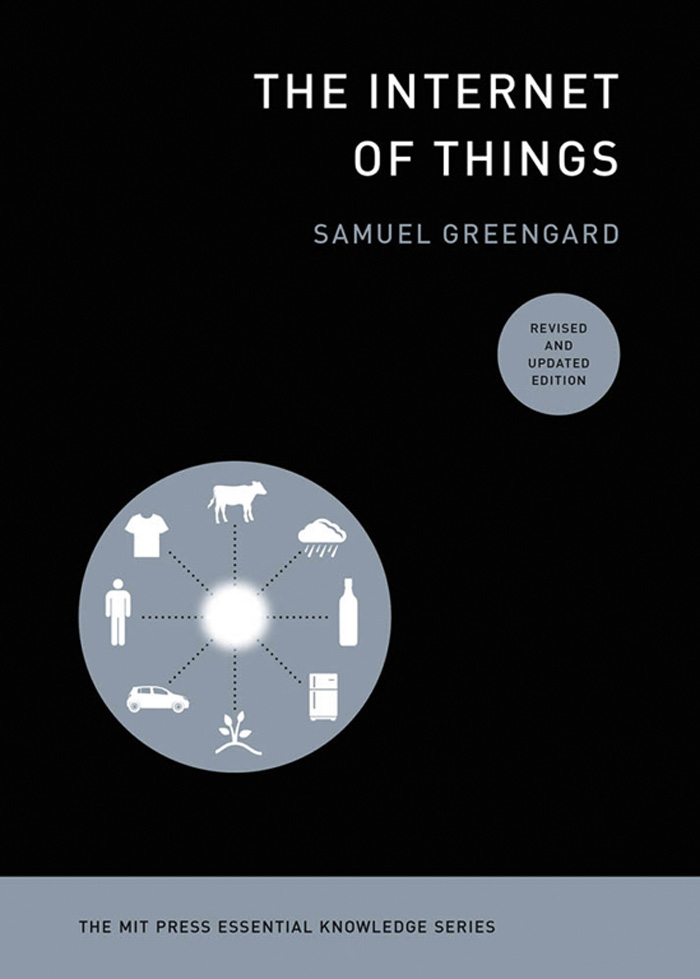
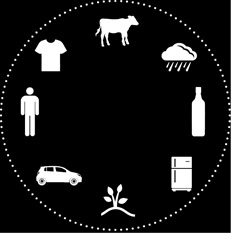
The MIT Press Essential Knowledge series
A complete list of the titles in this series appears at the back of this book.
Samuel Greengard
The MIT Press | Cambridge, Massachusetts | London, England
2021 Massachusetts Institute of Technology
All rights reserved. No part of this book may be reproduced in any form by any electronic or mechanical means (including photocopying, recording, or information storage and retrieval) without permission in writing from the publisher.
The MIT Press would like to thank the anonymous peer reviewers who provided comments on drafts of this book. The generous work of academic experts is essential for establishing the authority and quality of our publications. We acknowledge with gratitude the contributions of these otherwise uncredited readers.
This book was set in Chaparral Pro by New Best-set Typesetters Ltd.
Library of Congress Cataloging-in-Publication Data
Names: Greengard, Samuel, author.
Title: The internet of things / Samuel Greengard.
Description: Revised and updated edition. | Cambridge, Massachusetts : The MIT Press, [2021] | Series: The MIT press essential knowledge series | Includes bibliographical references and index.
Identifiers: LCCN 2020040786 | ISBN 9780262542623 (paperback)
Subjects: LCSH: Embedded computer systemsPopular works. | Internet of thingsPopular works.
Classification: LCC TK7895.E43 G74 2021 | DDC 384.3dc23
LC record available at https://lccn.loc.gov/2020040786
10 9 8 7 6 5 4 3 2 1
d_r0
The MIT Press Essential Knowledge series offers accessible, concise, beautifully produced pocket-size books on topics of current interest. Written by leading thinkers, the books in this series deliver expert overviews of subjects that range from the cultural and the historical to the scientific and the technical.
In todays era of instant information gratification, we have ready access to opinions, rationalizations, and superficial descriptions. Much harder to come by is the foundational knowledge that informs a principled understanding of the world. Essential Knowledge books fill that need. Synthesizing specialized subject matter for nonspecialists and engaging critical topics through fundamentals, each of these compact volumes offers readers a point of access to complex ideas.
Its incredibly easy to overlook the full impact of any given technology on our world. The wheel made it possible to move and transport things and people. It changed everything from agriculture to political governance. The lightbulb illuminated homes and businesseseventually changing the way architects designed structures and entire cities were laid out. The automobile introduced fast point-to-point travel for individualsredefining the way we live and work. And the computer introduced a digital world with data that could be stored and shared in new and remarkable ways. This ushered in massive changes in how people act... and interact.
The most influential inventionslamps, telephones, typewriters, cameras, and computing devices, to name a fewunleashed massive political, social, and practical changes. They became things that people use in their daily life and, to a large extent, take for granted. Yet they also rewired the way people approach countless tasks and redefined how we interact, communicate, and go about our daily work.
However, until the advent of connected digital technologies, all these devices operated mostly independent of one another. A lamp was merely a lamp, a car was merely a car, and a phone was merely a phone. Each was valuable in its own way, but there was no sum greater than the individual parts. Digital networks alter connection points and allow devices to become part of small or large ecosystems. This introduces changesincluding new tools, systems, and technologiesthat were once beyond the horizon.
The Internet of Things lies at the epicenter of this revolution. In only a few short years it has bolted from an early adoption phase to a mainstream technology. Connected doorbell cameras, smart speakers, and connected thermostats are in homes and businesses. Cars are connected to smart transportation grids and businesses are connected to highly automated supply chains. When we travel were able to receive live alerts about flights and real-time baggage notifications on our smartwatches. Market research firm IoT Analytics predicts that 21.5 billion IoT devices will exist by 2025.
Although its impossible to identify a single happening that sparked this revolution, its safe to say that Apples introduction of the iPhone in 2007 was a crystalizing event. It put smartphones in the hands of the masses and allowed individuals to connect anywhere and at any time in real-time. It tied together sensors and connections in new and radically different ways. While it didnt launch the IoT or even build the foundation for it, it ignited the concept along with the tangible reality of a highly connected world.
Yet, the iPhone isnt the only factor. Over the last decade, microprocessors, cloud computing, artificial intelligence (AI), and communications have all advanced by an order of magnitude. The convergence of these trends has produced a foundation for the IoT.
Today, smartphones record data, voice, video, audio, motion, location, and much more. Smartwatches capture heart rate, sleep patterns, and other personal data. They display real-time weather conditions, news, and banking information. Moreover, these devices can be used to pay for goods, hold tickets for concerts and boarding passes for flights, order a ride or food, and so much more.
At the same time, robotics, drones, and various forms of artificial intelligenceincluding speech recognition and image recognitionnow surround us. Supported by sophisticated sensors and wireless networks, including 5G technology, incredibly advanced functionality is emerging. For example, during the COVID-19 pandemic, some restaurants and stores began using autonomous robots to deliver food orders and goods to individuals, and hospitals and businesses turned to image recognition and thermal scans to detect fever and other signs of infection for incoming patients.
When the first edition of The Internet of Things appeared in 2015, the IoT was only beginning to take shape, both conceptually and physically. Today, it has blossomed into a mainstream technology framework that plays a key role in our lives. Its now possible to monitor once invisible underground pipes for a leak or track the spread of influenza and viruses in near real time. We can try on clothing virtually on a smartphone and attend business meetings and expos on 2D screens and 3D headsets that transport us into completely immersive virtual reality environments. We have smart lightbulbs that respond to voice commands and sensors in phones that, together, serve as the basis for early warning systems for earthquakes.
The Internet of Things offers both a telescope and a microscope into the once invisible spaces spanning people, machines, and physical objects. By connecting physical and digital objects and imbuing them with connectivity, its suddenly possible to track the movement and motion of objectsincluding how they interact with other objects and things. Its also possible to combine data to generate deeper and broader insights and automate many tasks.
Next pageFont size:
Interval:
Bookmark:
Similar books «The Internet of Things, revised and updated edition»
Look at similar books to The Internet of Things, revised and updated edition. We have selected literature similar in name and meaning in the hope of providing readers with more options to find new, interesting, not yet read works.
Discussion, reviews of the book The Internet of Things, revised and updated edition and just readers' own opinions. Leave your comments, write what you think about the work, its meaning or the main characters. Specify what exactly you liked and what you didn't like, and why you think so.




